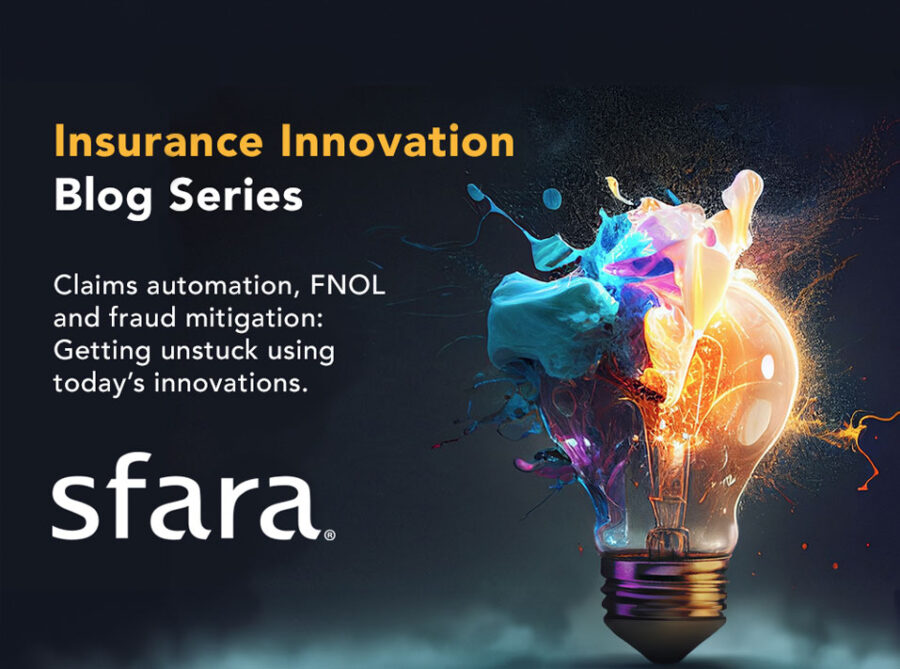Crash detection services are central to the insurance industry’s heavily publicized goal of achieving claims automation. Without reliable on-scene crash detection, there is no automated and instant first-notice-of-loss (FNOL), or incoming data to initiate a claim.
Yet many insurance companies are not seeing reliable results from existing crash-detection vendors. The technologies these vendors are pushing have serious limitations and are not achieving the results required for widespread adoption or providing the necessary enterprise value. Decision makers within insurance are burnt on the topic, seeing vendor after vendor pitch commodity crash-detection services that look and smell the same and that still don’t meet their needs.
At the same time, these decision makers are stuck. Their organizations have long ago integrated with providers of driving-data solutions for programs such as usage-based insurance (UBI). These programs did not require technology capable of the nuance and complexity needed by today’s FNOL for claims automation.
Yet, these early solution-providers are trying unsuccessfully to stretch the capabilities of their outdated UBI technologies to meet the needs of the infinitely more complex claims automation process—without spending the necessary time and energy on ground-up R&D.
As a result, they’re technology is grossly outdated, outmatched, and still contains program-limiting methodologies, including capturing and reporting only 30% of incidents. Imagine having to create success out of a program where to start you’re unable to reach 70% of your customers? Read upcoming blogs to find out more on this.
These realities, along with residual PTSD over implementing UBI programs, has created frustration, fatigue and indecision for insurance industry evaluators, who often then default to continuing with an incumbent vendor, whose technology is already failing.
But here is the great news. The answers are out there. The innovations have occurred. The technologies exist to effectively implement smartphone-based crash detection for the purpose of FNOL and claims automation in the enterprise environment. And it can be done at more than three times the effectiveness of today’s commodity solutions.
This blog series will highlight many of the reasons why the insurance industry is stuck in its efforts to implement claims automation for mass adoption, even while existing innovations hold the key to getting it unstuck.
It will provide an insider’s view of what has happened to get the industry to its current state of inertia and offer a clear path out of it. Follow us on LinkedIn to get notice as we publish new blogs in the series. In them, you’ll find answers to many of the industry’s top questions, such as the following:
How did the insurance industry get so stuck when so much is at stake?
Why do most crash detection providers capture only 30% of incidents?
Is it important to capture incidents at all speeds?
What am I missing by using commodity driving data?
Do solutions exist that can get our claims automation efforts unstuck?
Are implementation, integration, maintenance, and costs going to be as painful as they were with UBI?

